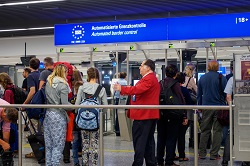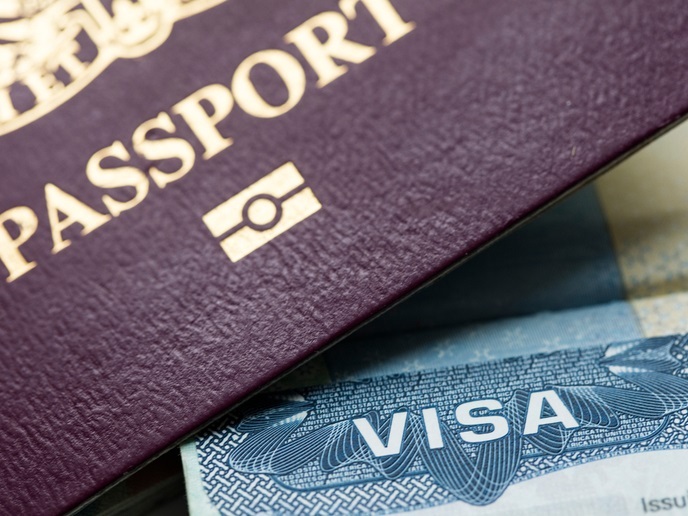A modular solution for quick, efficient and secure EU border security
The number of people crossing European international borders is constantly increasing – in fact, by 2025 the total number of border crossings (including into and out of the Schengen passport-free area from third countries) in Europe is expected to reach 887 million, posing a significant challenge to national border authorities. Whilst travellers expect a quick and speedy experience through border controls, border guards have to ensure that they fulfil all of their obligations to secure the EU’s external frontiers against irregular immigration and other threats, such as organised crime and international terrorism. A two-step modular approach In order to satisfy both of these seemingly contrasting expectations, the FASTPASS (A harmonised, modular reference system for all European automated border crossing points) project team proposed a two-step approach for automated border control that captures all of the traveller’s data, using a self-service process (for enrolment) and a gate, which re-identifies the traveller very quickly and conveniently, and facilitates the actual border crossing. ‘Separating the border process into a registration/enrolment phase and a re-identification phase provides the advantage of being able to decouple the more difficult and error-prone enrolment from the rest of the process,’ explains FASTPASS project coordinator Markus Clabian from the Austrian Institute of Technology. ‘The kiosks used during this step can be deployed at a distance from the border crossing area, either in the transit zone or, as part of a long-term vision, even before arrival at the border.’ Additionally, if biometric scanning of the face is utilised as a token for re-identification, this further accelerates the gate transit and improves the recognition rate. However, even without this additional technology, the FASTPASS concept brings clear advantages in terms of cost and time efficiency without compromising security requirements. The solution proposed by the project team is based on a modular architecture based on interoperable modules, allowing for the re-use of concepts across border types. Putting FASTPASS to the test A number of innovative scenarios were conceived by the project team based on the harmonised modular architecture, specifically seeking solutions for airports, border checks for cruise ships, and land borders where travellers remained in their vehicles. Taking these scenarios into account, the project undertook trials at three sites – Vienna Airport, the Port of Piraeus in Greece and the Moravita land crossing in Romania. More than 10 000 travellers and around 200 border guards used the system during the trials. ‘All participants, whether travellers or border guards, gave constructive feedback, from operational efficiency to usability and acceptance,’ states Clabian. ‘This feedback was regularly referred to throughout the whole development process to guarantee that the developed technologies are in-line with user needs.’ Challenges and next steps Overall, FASTPASS has developed a solution that encompasses next-generation software and algorithms meeting the challenges of on-the-move biometric identification, speed, costs, image quality, reduced intrusiveness (for travellers) and counter-spoofing. However, the project also encountered a few challenges along the way. ‘The political climate changed during the project’s lifetime due to changes within the EU’s Smart Borders Package and the overall security and migration crises,’ explains Clabian. ‘This shifted the focus more from facilitation to security.’ FASTPASS adapted to these changes by being constantly in contact with the major stakeholders in the field, allowing them to quickly adapt to changing needs and circumstances. FASTPASS successfully ended in March 2017, but Clabian underlines that the solutions developed will help to raise European know-how and competitiveness in this field, technically, practically and economically. This will also enable FASTPASS partners to build further upon FASTPASS successes through future Horizon 2020 project calls.
Keywords
FASTPASS, border security, modular architecture, two-step modular approach, automated border control, biometrics, document security






